
Article Archive by Year

Opportunities can be found in the wake of great devastation. However, it can be challenging to plan for the future while restoring critical services and repairing the damage left in the crisis’s wake. Recovery plans should look beyond what existed before the disaster and include laying a foundation for regrowth

PACEing a Communications Resilience Plan
February 8, 2023
Most organizations have a daily operational plan for their communications that works most of the time and a backup plan for a short-term problem. However, many do not have a primary, alternate, contingency, emergency (PACE) plan for critical operational tasks. Learn more about the benefits of creating and maintaining a

Threat Assessment and Management: Practices Across the World
February 1, 2023
The ever-evolving threat of terrorism continues to impact cities around the world. The Global Terrorism Index shows that in 2021, the number of attacks increased from the previous year by 17 percent to 5,226. As actors adapt and change their tactics and techniques, cities must develop new capabilities to counter these threats.
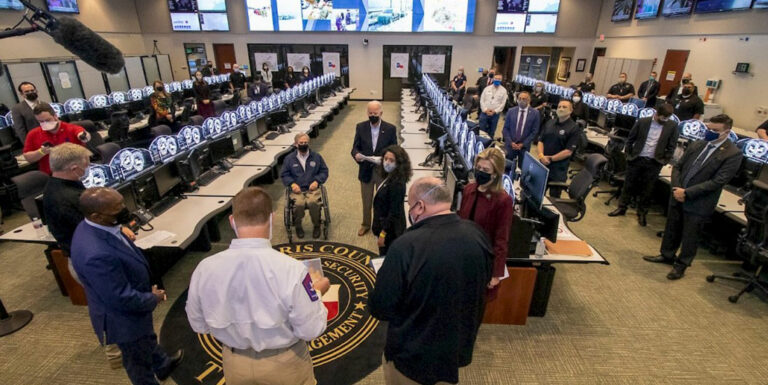
Winter Storm – Reimagining Recovery Using Support Functions
February 1, 2023
Out of first-time events come many important lessons learned. For example, information must be disseminated using familiar terminology when an unfamiliar event occurs. In addition, recovery is a team effort that begins before the event has ended. Learn how the third most populated county in the United States handled recovery
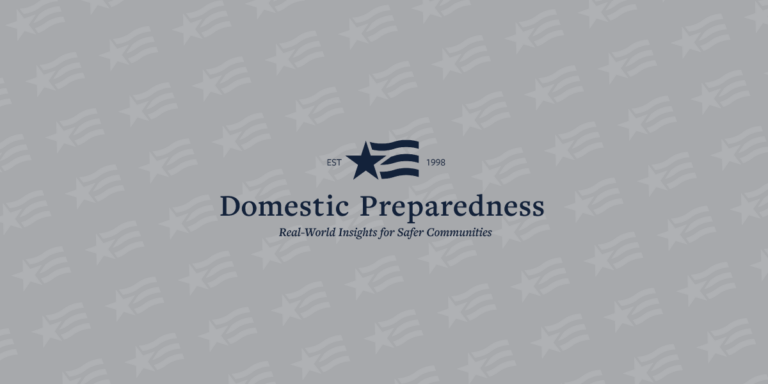
Strong Foundations – What Every Disaster Plan Needs
January 25, 2023
The initial goal of a disaster plan should be to avoid the disaster. The secondary goal should be to respond effectively when a disaster cannot be avoided. To be clear, the disaster here is not a hurricane, earthquake, flood, wildfire, tornado, or even human attacker. These are simply examples of
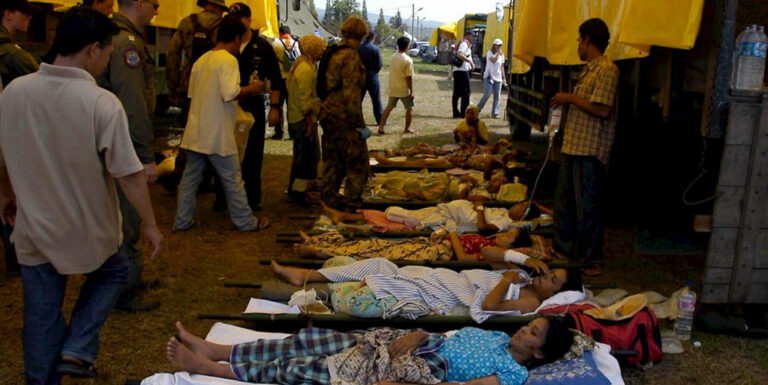
Crisis Standards of Care – A Mental Health Perspective
January 25, 2023
Crisis standards of care and sufficiency of care are topics of great controversy and debate in professional circles. The reasons may be obvious to most. Traditionally, health care responders are trained and held to the standard of care of their profession when rendering aid. Nothing less is acceptable. The public

Applications for a Newly Developed Risk and Resilience Tool
January 25, 2023
A new, publicly available tool provides a window into how future climate realities could affect U.S. cities and towns. Learn how planners and decision-makers can get map-based analyses driven by peer-reviewed climate data using this free portal.

Virtual Reality Training Revolution Is Here
January 18, 2023
The click-through, good-enough training, ubiquitous in many organizations, is not good enough anymore. A Harvard Business Review article titled “Where Companies Go Wrong with Learning and Development” (L&D) discovered that only 12% of employees applied training from L&D programs to their work. The same article explains that hundreds of billions of dollars are spent annually
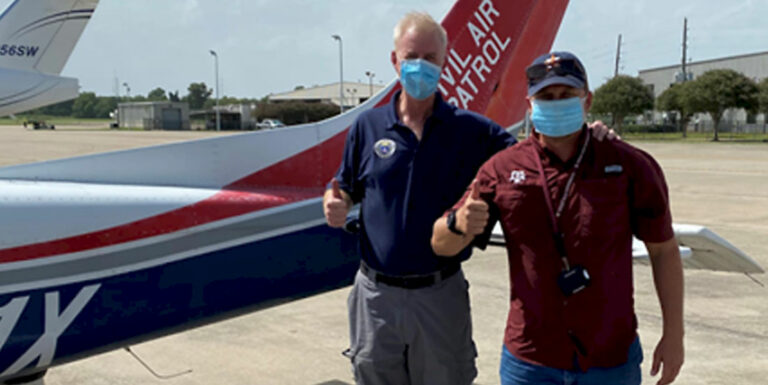
The Pony Express Rides Again
January 18, 2023
In the early days of the COVID-19 pandemic, health care providers and facilities, local jurisdictions, and state agencies struggled to acquire personal protective equipment (PPE), such as masks, gloves, gowns, and hand sanitizers, for their patients and staff. Supplies of these items were extremely low and getting them shipped proved
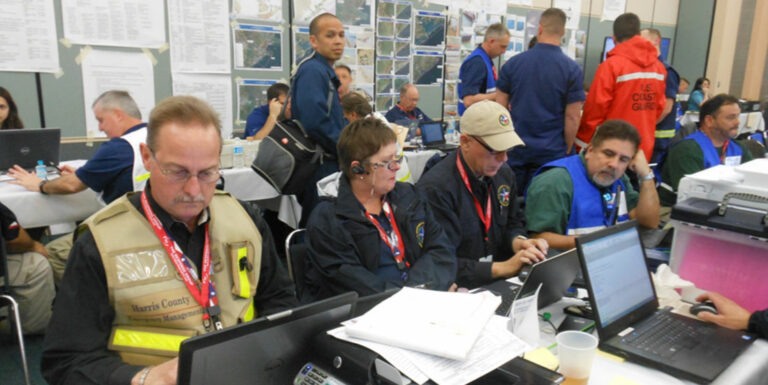
Benefits of Industrial Liaisons – A Harris County Example
January 11, 2023
Planners in the Harris County, Texas, area are successful specifically because of the relationships they have built over many years. For example, the county’s Industrial Liaisons Program provides many positive takeaways and best practices practitioners can implement throughout the U.S. and abroad.
Building Business Post-Disaster – A Florida Case Study
February 8, 2023
Opportunities can be found in the wake of great devastation. However, it can be challenging to plan for the future while restoring critical services and repairing the damage left in the crisis’s wake. Recovery plans should look beyond what existed before the disaster and include laying a foundation for regrowth
PACEing a Communications Resilience Plan
February 8, 2023
Most organizations have a daily operational plan for their communications that works most of the time and a backup plan for a short-term problem. However, many do not have a primary, alternate, contingency, emergency (PACE) plan for critical operational tasks. Learn more about the benefits of creating and maintaining a
Threat Assessment and Management: Practices Across the World
February 1, 2023
The ever-evolving threat of terrorism continues to impact cities around the world. The Global Terrorism Index shows that in 2021, the number of attacks increased from the previous year by 17 percent to 5,226. As actors adapt and change their tactics and techniques, cities must develop new capabilities to counter these threats.
Winter Storm – Reimagining Recovery Using Support Functions
February 1, 2023
Out of first-time events come many important lessons learned. For example, information must be disseminated using familiar terminology when an unfamiliar event occurs. In addition, recovery is a team effort that begins before the event has ended. Learn how the third most populated county in the United States handled recovery
Strong Foundations – What Every Disaster Plan Needs
January 25, 2023
The initial goal of a disaster plan should be to avoid the disaster. The secondary goal should be to respond effectively when a disaster cannot be avoided. To be clear, the disaster here is not a hurricane, earthquake, flood, wildfire, tornado, or even human attacker. These are simply examples of
Crisis Standards of Care – A Mental Health Perspective
January 25, 2023
Crisis standards of care and sufficiency of care are topics of great controversy and debate in professional circles. The reasons may be obvious to most. Traditionally, health care responders are trained and held to the standard of care of their profession when rendering aid. Nothing less is acceptable. The public
Applications for a Newly Developed Risk and Resilience Tool
January 25, 2023
A new, publicly available tool provides a window into how future climate realities could affect U.S. cities and towns. Learn how planners and decision-makers can get map-based analyses driven by peer-reviewed climate data using this free portal.
Virtual Reality Training Revolution Is Here
January 18, 2023
The click-through, good-enough training, ubiquitous in many organizations, is not good enough anymore. A Harvard Business Review article titled “Where Companies Go Wrong with Learning and Development” (L&D) discovered that only 12% of employees applied training from L&D programs to their work. The same article explains that hundreds of billions of dollars are spent annually
The Pony Express Rides Again
January 18, 2023
In the early days of the COVID-19 pandemic, health care providers and facilities, local jurisdictions, and state agencies struggled to acquire personal protective equipment (PPE), such as masks, gloves, gowns, and hand sanitizers, for their patients and staff. Supplies of these items were extremely low and getting them shipped proved
Benefits of Industrial Liaisons – A Harris County Example
January 11, 2023
Planners in the Harris County, Texas, area are successful specifically because of the relationships they have built over many years. For example, the county’s Industrial Liaisons Program provides many positive takeaways and best practices practitioners can implement throughout the U.S. and abroad.
Follow Us
Get Instant Access
Subscribe today to Domestic Preparedness and get real-world insights for safer communities.
ARchives
Article Out Loud – Hospital Preparedness for ‘Chemical/Detergent’ Suicides
April 4, 2023
First responders and hospital staff can become secondary casualties to certain types of incidents. This 2012 article describes precautions that personnel must take when responding to chemical and detergent suicides.
Article Out Loud – The National ‘Public Health’ Preparedness Report
April 4, 2023
The 2012 NPR assessment of the nation’s “Public Health and Medical Services” capabilities was encouraging, but there were concerns. Where do these capabilities and concerns stand today?
Article Out Loud – Guidance for Preparing Professionals Mentally for the Worst
March 22, 2023
When a disaster strikes, responders face scenarios that deviate from normal routines, protocols, and resources. This newly proposed sufficiency testing and training guidance for disaster responders aims to prepare professionals mentally for these worst-case scenarios.
Article Out Loud – Challenging the Next Generation to Communicate Preparedness
March 22, 2023
No single communication solution can apply to every situation. To better prepare the next generation of public safety professionals, one professor is challenging young adults to develop social media messaging that reaches diverse populations and encourages action to protect lives and property during emergencies.
Article Out Loud – Hospitals Must Prepare Now for Future Contingencies
March 21, 2023
Whether responding to mass casualties from a nuclear blast or an attack by a single “Lone Wolf” shooter, hospital preparedness requires careful planning, effective coordination, and collaboration in the sharing of critical resources. Inter-hospital cooperation and training will almost always result in a better outcome than would be possible through
Article Out Loud – “Emergency Management” – A Misnomer
March 21, 2023
“Emergency management” is a term broadly defining a field that includes federal, state, and local government agencies, voluntary organizations active in disasters, and private sector stakeholders that conduct a variety of activities to prepare for, mitigate against, respond to, and recover from incidents.
Article Out Loud – Tornadoes – Adapting Plans for a Changing Environment
March 15, 2023
Common terms like “Tornado Alley” should not get in the way of planning for evolving environmental threats. Meteorologists look at trends and recognize that tornadoes are one natural hazard that is shifting eastward. Make sure state and local hazard mitigation plans are updated and ready for this shift.
Article Out Loud – A National Plan to Link Response and Recovery
March 15, 2023
In March 2023, FEMA published the Response and Recovery Federal Interagency Operational Plan. Learn about this big step forward for the emergency management community – the development and content of this new plan as well as the next steps for key stakeholders.
Article Out Loud – The ‘Dirty’ Details About Explosive Devices
March 14, 2023
Misinformation about the type of device used during the Boston Marathon bombing caused confusion. This 2014 article clarifies the important differences people need to know about explosive devices.
Article Out Loud – Reauthorizing the Nation’s Preparedness
March 14, 2023
This 2013 article is a reminder of how the Pandemic and All-Hazards Preparedness Act was designed to support communities in preparing for, responding to, and recovering from major public health emergencies.
Follow Us
Get Instant Access
Subscribe today to Domestic Preparedness and get real-world insights for safer communities.


